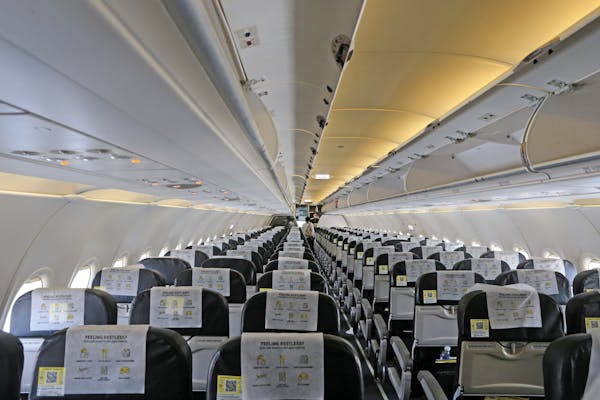
Conquering the Clouds: Tips for Overcoming Your Fear of Flying
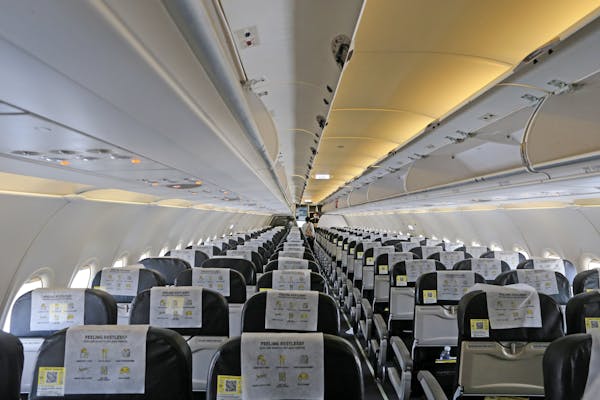
For many, air travel evokes excitement about new destinations, but for others, it triggers a crippling fear. This fear, known as aerophobia, can significantly impact travel plans and limit opportunities. If you find yourself white-knuckling every takeoff and landing, fret no more! Here are some practical tips to transform your flying experience from nerve-wracking to manageable, and eventually, enjoyable.

Understanding Your Fear:
The first step is acknowledging and understanding your fear. Is it claustrophobia (fear of enclosed spaces)? A fear of heights? Or perhaps a lack of control over the situation? Identifying the root cause can help you tailor coping mechanisms.
Knowledge is Power:
Educate yourself about the science of flight. Learn how airplanes stay aloft, the rigorous safety measures in place, and the extensive training pilots undergo. Understanding the mechanics of flight can dispel myths and anxieties.
Gradual Exposure Therapy:
Don’t jump straight onto a long-haul flight. Start small. Visit an airport, familiarize yourself with the security process, and observe planes taking off and landing. Gradually increase exposure by taking shorter flights as you build confidence.

Desensitization Techniques:
Relaxation techniques like deep breathing exercises, meditation, and progressive muscle relaxation can significantly reduce anxiety. Practice these techniques before, during, and after your flight to manage stress levels.
Cognitive Behavioral Therapy (CBT):
If your fear is severe, consider seeking professional help. A therapist specializing in CBT can help you identify negative thought patterns and replace them with more realistic and positive ones.
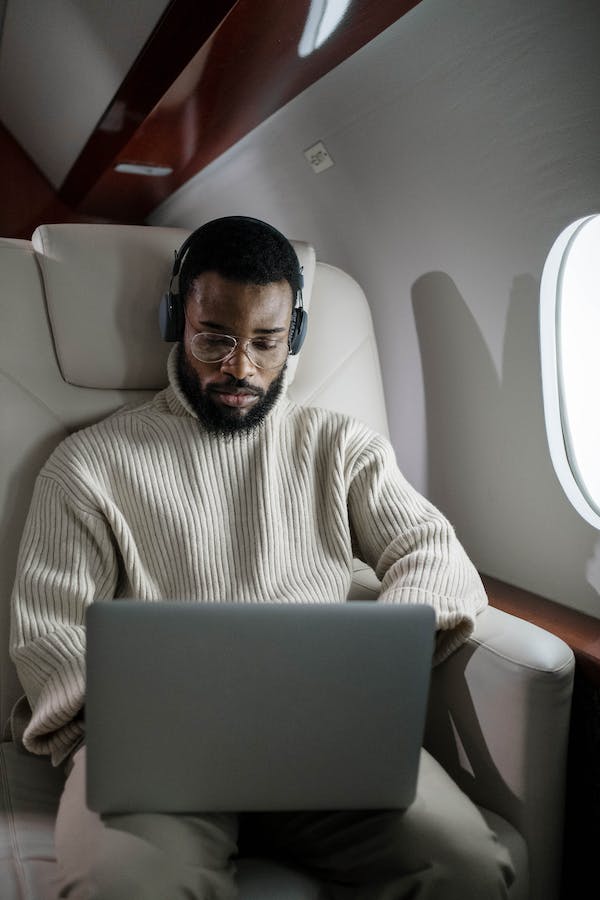
Taking Control (Within Reason):
While you can’t control the plane, you can control your environment. Choose an aisle seat for a sense of spaciousness, bring distractions like calming music or audiobooks, and pack a comfort blanket or neck pillow to create a sense of security.
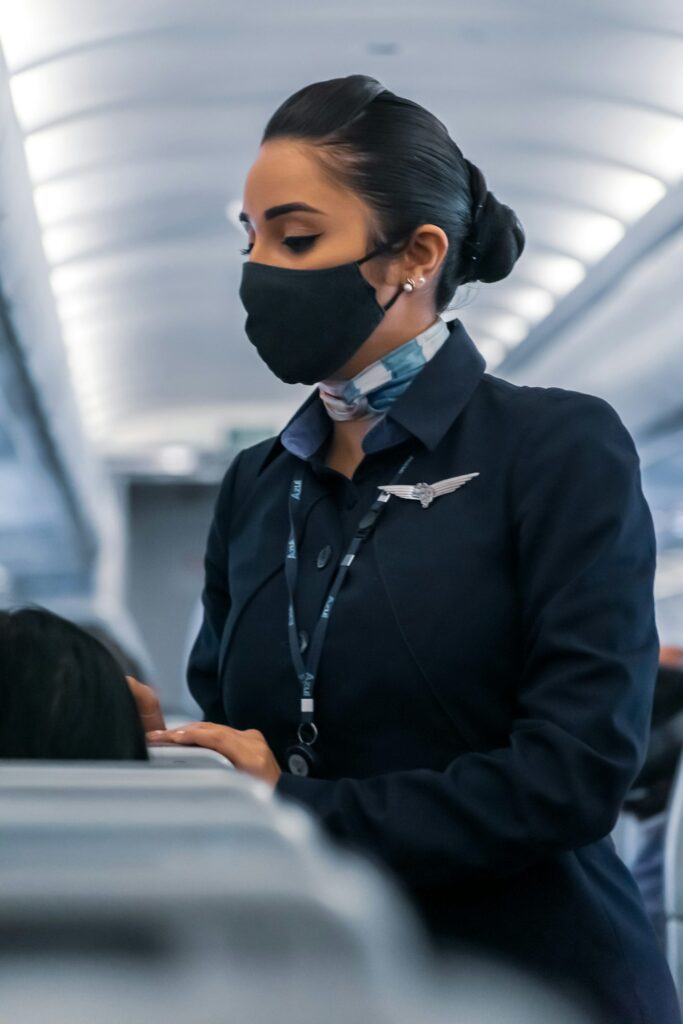
Open Communication:
Inform the flight attendants about your fear. They are trained to be understanding and can offer support and reassurance during the flight.
Medications:
In some cases, short-term medication prescribed by a doctor can help manage anxiety during flights. However, consult a medical professional to determine if this is the right option for you.
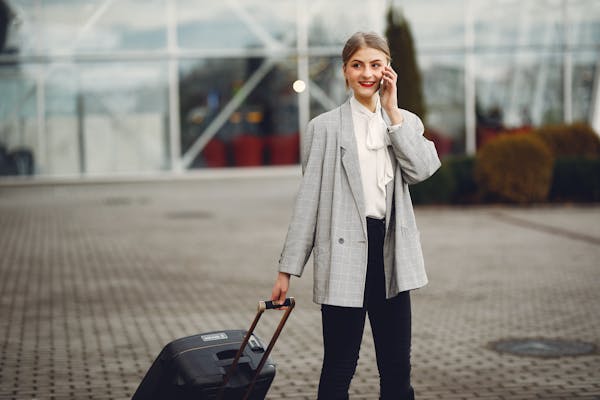
Focus on the Destination:
Shift your focus to the excitement of your upcoming trip. Visualize yourself arriving at your destination and enjoying your time there. Positive anticipation can replace negative anxieties.
Remember:
Millions of people fly safely every day. Modern airplanes are incredibly safe, and pilots are highly trained professionals. Focus on the statistics and trust in the expertise of the crew.
Celebrate Your Victories:
After a successful flight, acknowledge your accomplishment. Reward yourself for facing your fear and taking control. With each flight, your confidence will soar alongside the airplane.
Overcoming a fear of flying takes time and effort, but with the right approach and a commitment to these strategies, you can transform your flying experience from a source of anxiety to an exciting prelude to new adventures. So, buckle up, breathe deeply, and get ready to conquer those clouds!
Making the Most of Your Flight:
While managing fear is the primary focus, here are some additional tips to make your flying experience even more relaxing and enjoyable:

- Planning and Preparation: Book your flight in advance, especially if you prefer window or aisle seats. Choose a departure time that works best for you, whether it’s a morning flight to avoid turbulence or a red-eye to maximize sleep time onboard.
- Pack Smart: Bring essentials like a refillable water bottle, hand sanitizer, healthy snacks, and comfortable clothing.Pack a good book or download movies/shows on your device for entertainment. Consider noise-canceling headphones to block out engine noise and create a more peaceful environment.

- Stay Hydrated: Airplane cabins can be dehydrating. Drink plenty of water throughout the flight to avoid headaches and fatigue.
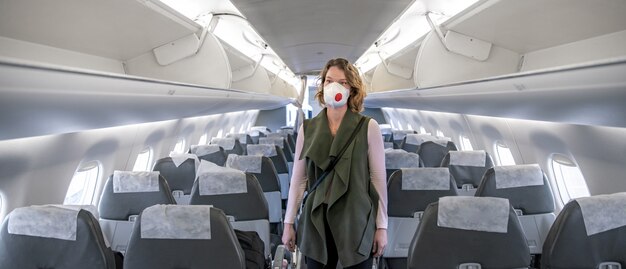
- Move Around: Sitting for extended periods can lead to stiffness. Get up and walk around the cabin periodically to improve circulation and reduce muscle tension.
- Healthy Habits: Maintain a healthy sleep schedule leading up to your flight. Avoid excessive caffeine and alcohol,as they can worsen anxiety.
- Positive Self-Talk: Challenge negative thoughts with positive affirmations. Remind yourself that you are capable of handling the flight and that you will be safe.

Additional Resources:
- Fear of Flying Support Groups: Connecting with others who share your fear can be a source of encouragement and support. Online forums and in-person support groups can be invaluable resources.
- Mobile Apps: Several apps offer relaxation techniques, guided meditations, and educational resources specifically designed to help manage fear of flying.
- Virtual Reality (VR) Therapy: Emerging VR technology is being used to create immersive experiences that help people confront their fear of flying in a safe and controlled environment.
Remember, conquering your fear of flying is a journey, not a destination. Be patient with yourself, celebrate your progress, and with each flight, you’ll gain more confidence and move closer to a truly enjoyable travel experience. So spread your wings, embrace the adventure, and happy flying!







